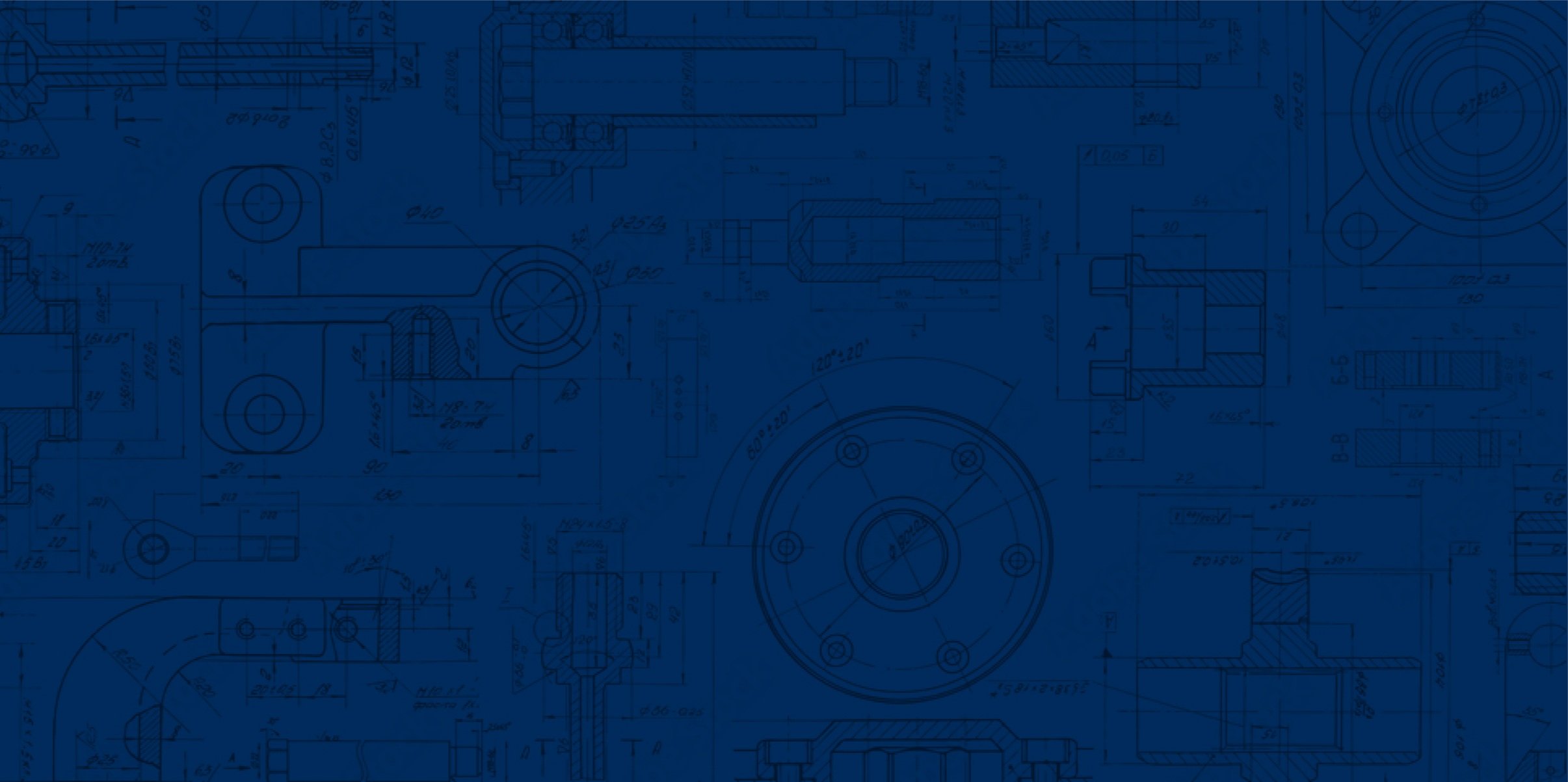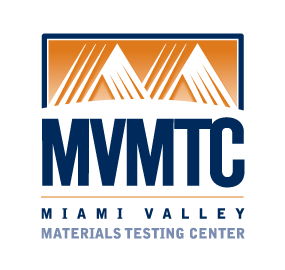
chemical analysis
Chemical analysis is a vital tool that supports the material identification and vertification processes. Here at Miami Valley Materials Testing Center we offer a variety of chemical analysis methods to determine material composition, analyze elements, and identify impurities. Our chemical analysis capabilities allow us to analyze a variety of materials such as steel (low carbon, HSLA, stainless and tool), cast iron, nickel, copper, zinc, titanium and aluminum.
Miami Valley Materials Testing Center offers chemical analysis of the following types:
COMBUSTION
Our LECO CS 200 and 600 use high temperature combustion to determine the carbon and sulfur content in a variety of alloys. By heating the sample in our furnace and flooding it with oxygen, we are able to combust the carbon and sulfur within the test sample. Infrared detection is then used to determine the concentration of carbon and sulfur. The amount of infrared wavelengths absorbed is calculated to quantify the amount of carbon and sulfur within the test sample.
TEST METHODS: ASTM E1019 | ASTM E1941
FOURIER TRANSFORM INFRARED (FTIR) SPECTROSCOPY
Commonly referred to as FTIR analysis, this spectroscopy method is used to identify organic, polymeric and some inorganic materials. Using infrared light we are able to scan samples and observe their bond properties to assess the purity and/ or identify polymer composition. FTIR is a quick and effective way to identify unknown substances, assist in material selection and aid in research or failure analysis.
Our chemistry laboratory is equipped to analyze a variety of solids, liquids, powders and thin films such as:
Consumer grade products
Plastics
Rubbers
Paints
Coatings
Petroleum products
Pharmaceutical products
INDUCTIVELY COUPLED PLASMA (ICP) CHEMICAL ANALYSIS
Here at MVMTC, we are capable of using inductively coupled plasma (ICP) spectroscopy to test a variety of different materials for their elemental constituents. ICP spectroscopy is a form of wet chemical analysis used to identify both trace amounts and major concentrations of elements within a test sample. This method requires solids be dissolved or digested into a liquid phase, which are then vaporized to quantify the elements present in the sample. ICP analysis is particularly helpful when testing samples that are too small for other solid-state chemistry testing methods.
TEST METHODS: ASTM E1479 | ASTM E2371
OPTICAL EMISSION SPECTROSCOPY (OES)
Optical Emission Spectroscopy, also known as OES analysis, is one of the most widely used analytical chemistry techniques for analyzing solid ferrous and non-ferrous alloys. OES analysis is performed to identify and measure the elements within larger sized metal specimens.
Our testing laboratory has the capabilities to test the following types of material specimens:
Carbon Steel (HSLA, Low Carbon)
Aluminum Alloys
Cast Iron
Copper Alloys
Stainless Steel
Zinc Alloys
Nickel Alloys
TEST METHODS: ASTM E1251 | ASTM E1999 | ASTM E415 | ASTM E1086
INERT GAS FUSION ANALYSIS (O, N, & H)
With our LECO ONH836 analyzer, MVMTC is equipped to test a wide-range of inorganic and organic materials using the inert gas fusion technique. Inert gas fusion analyzes the Oxygen(O), Nitrogen(N), and Hydrogen(H) content of inorganic materials, ferrous and nonferrous alloys, and refractory materials.
We are capable of testing the following:
Hydrogen (H), Nitrogen (N), Oxygen (O) in Titanium
Oxygen (O), Nitrogen (N) in Steel & Stainless Steel
Oxygen (O) in Copper
TEST METHODS: ASTM E1409 | ASTM E1447 | ASTM E1019
request a quote
Do you have a need for materials testing? Send us a quote request! We would be glad to assist you with all of your materials testing and manufacturing consultation needs.
ADDRESS:
4155 Lisa Drive
Tipp City, Ohio 45371
PHONE: 937.669.4500
FAX: 937.669.4566





